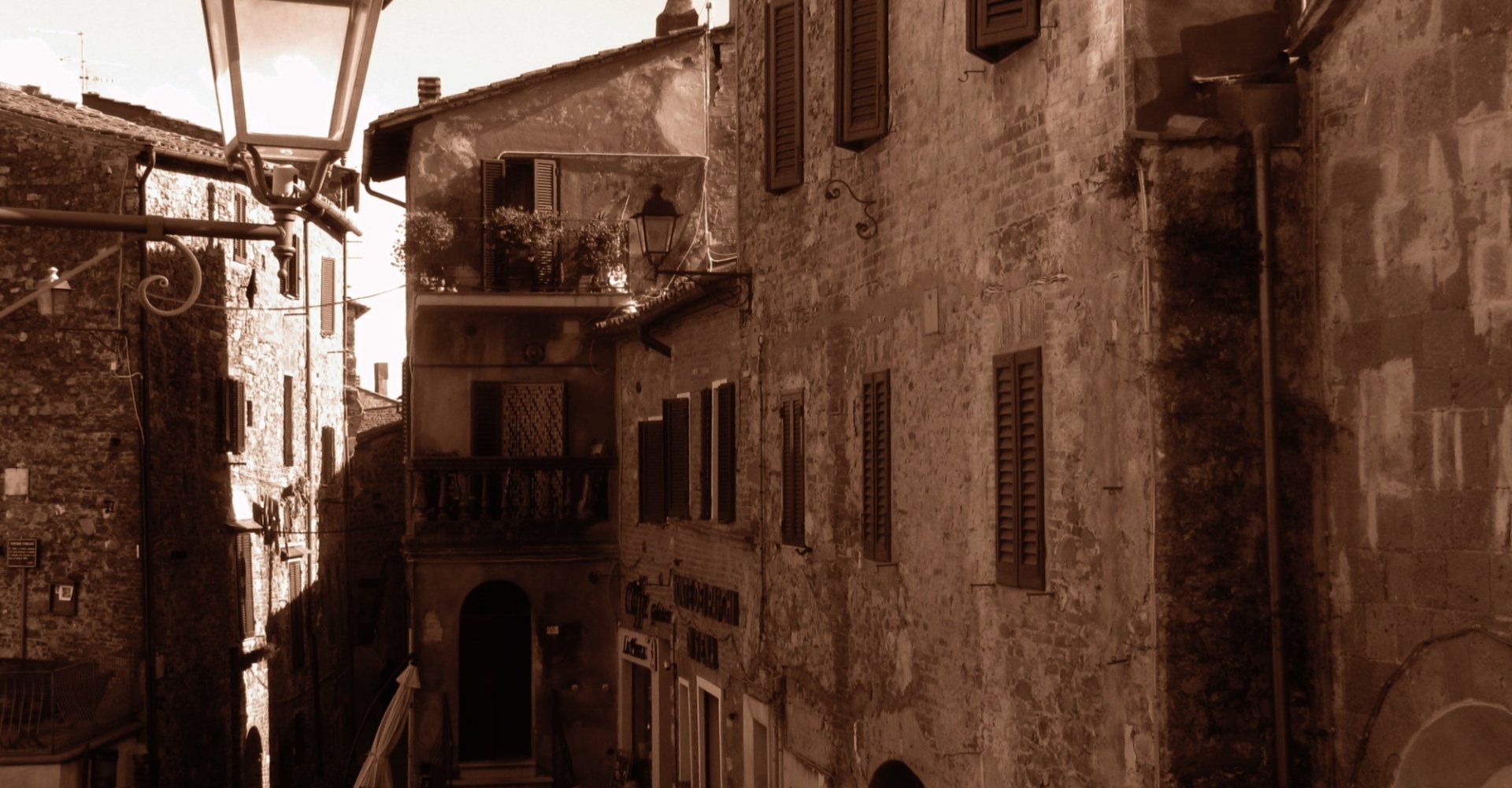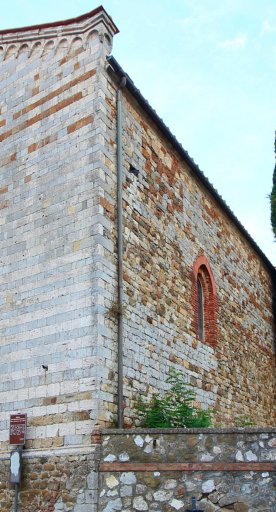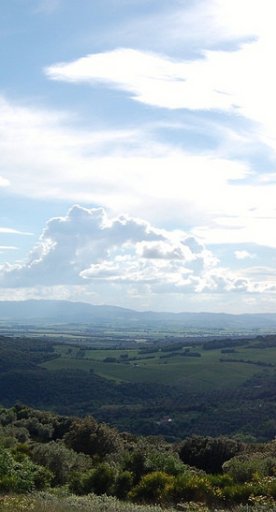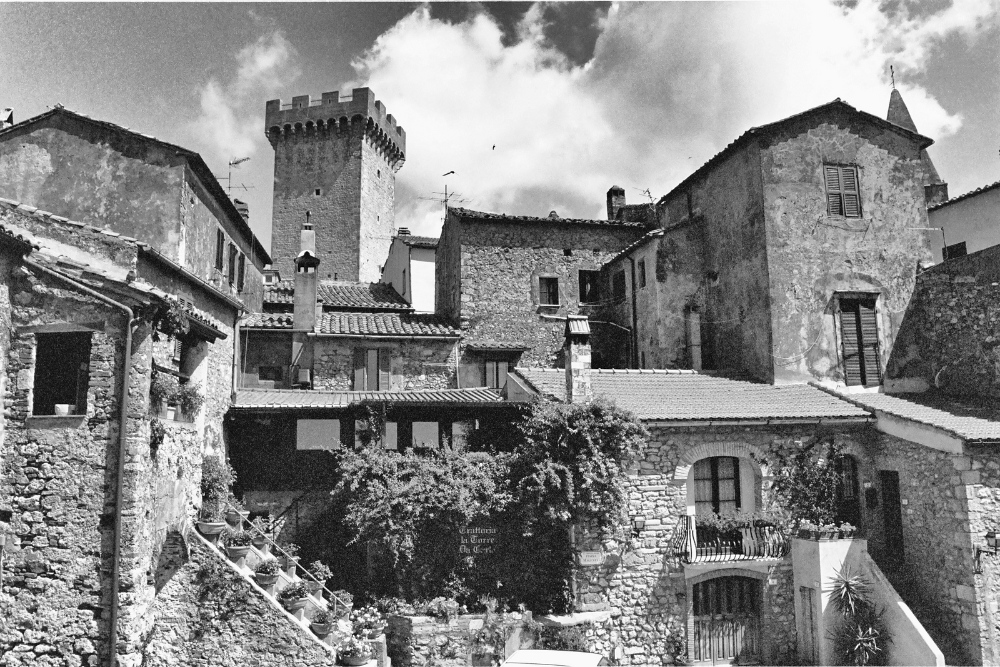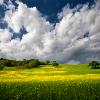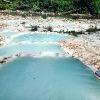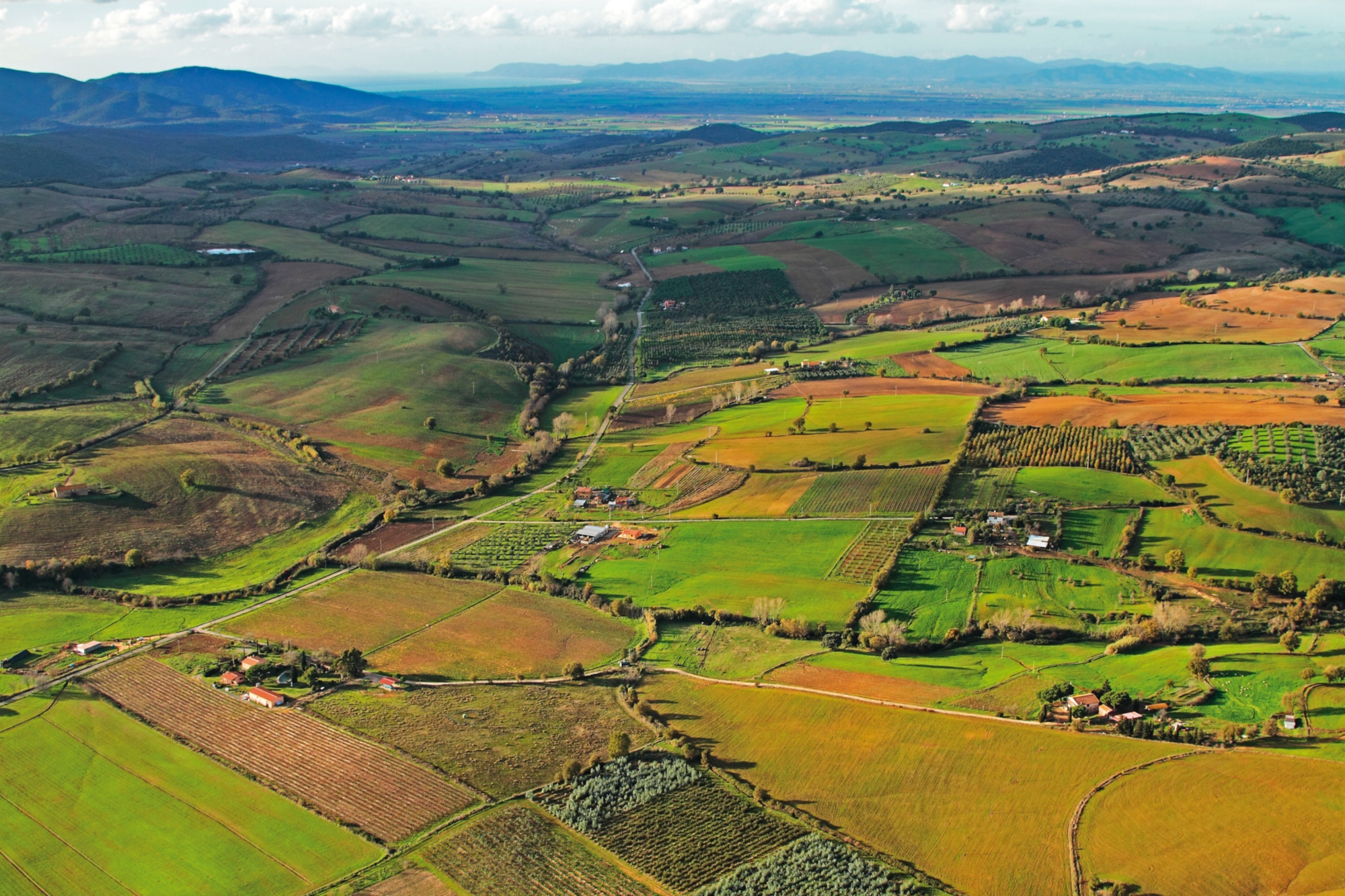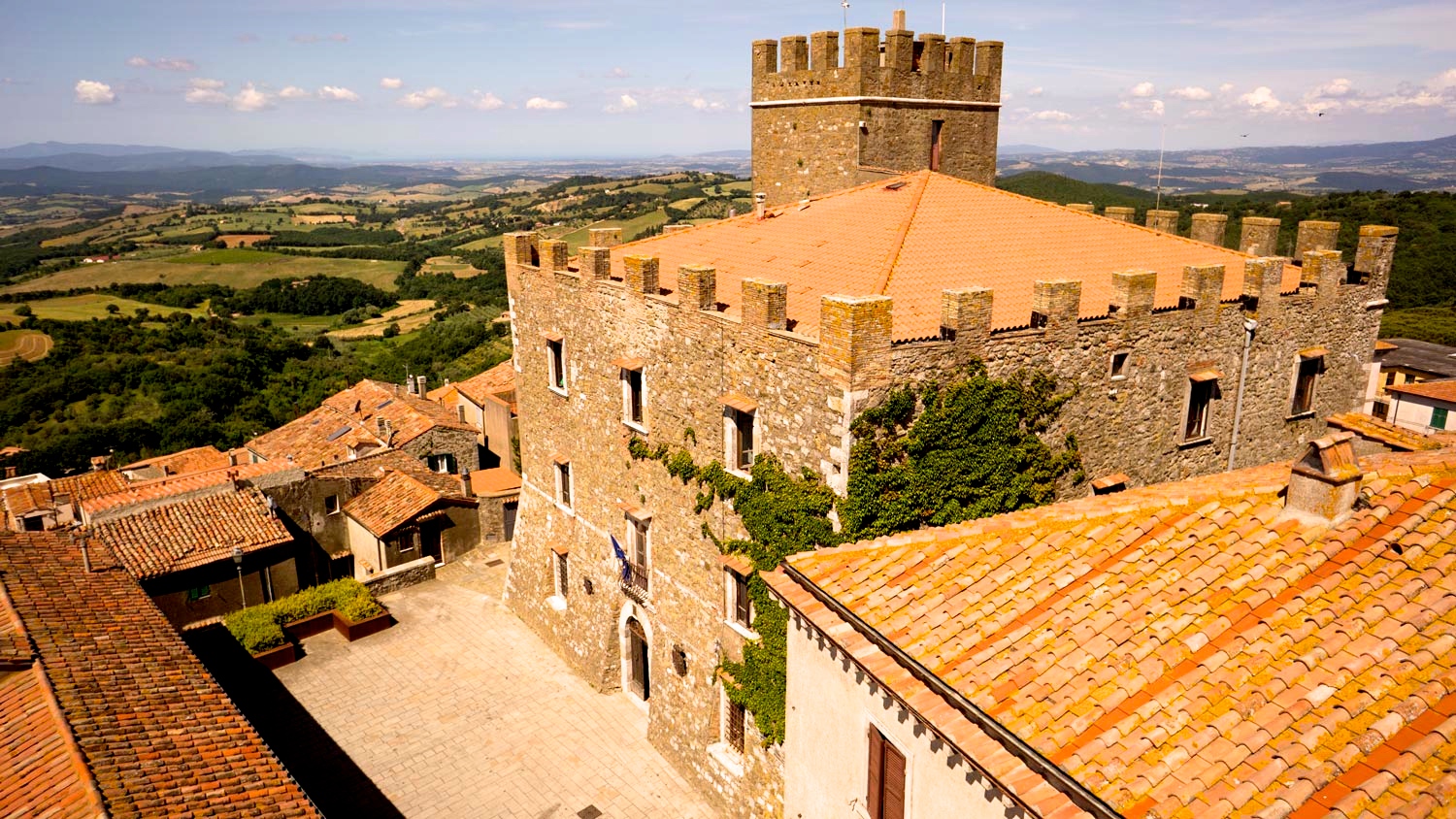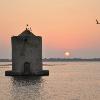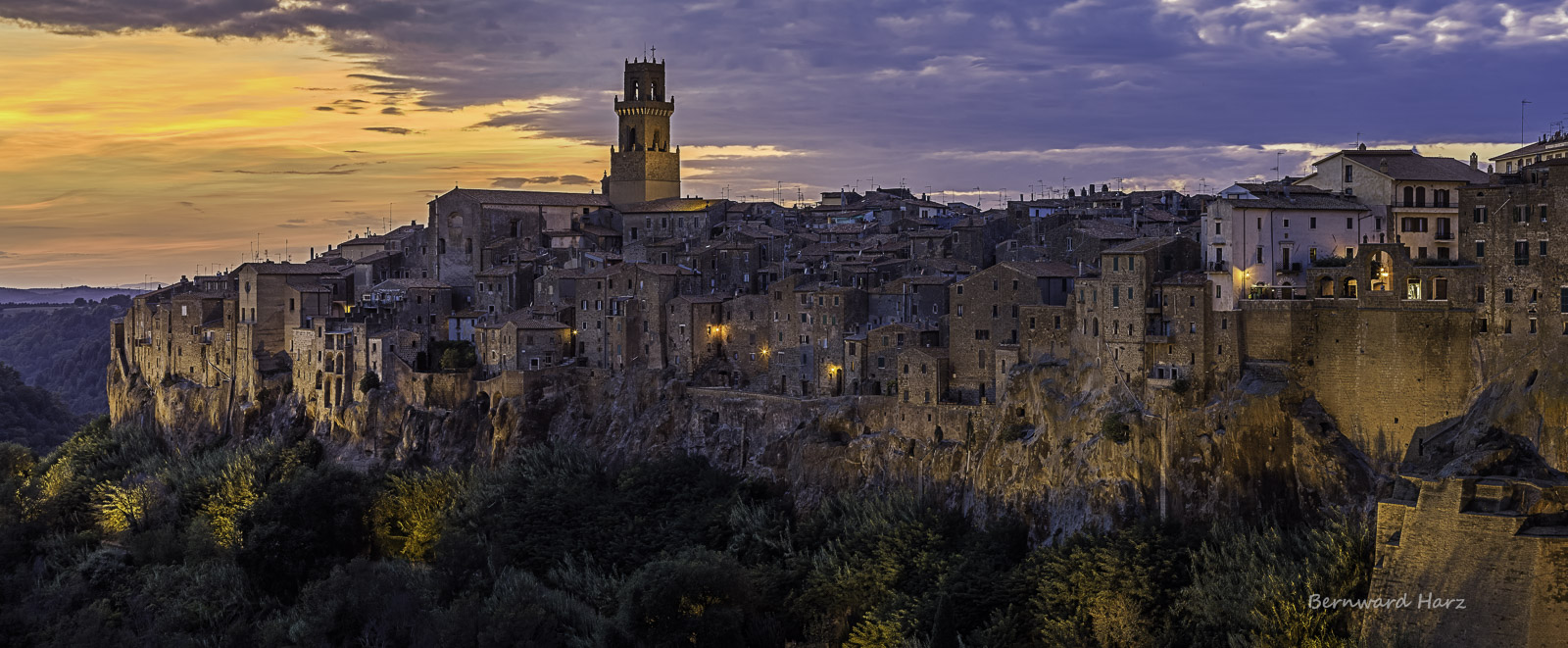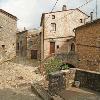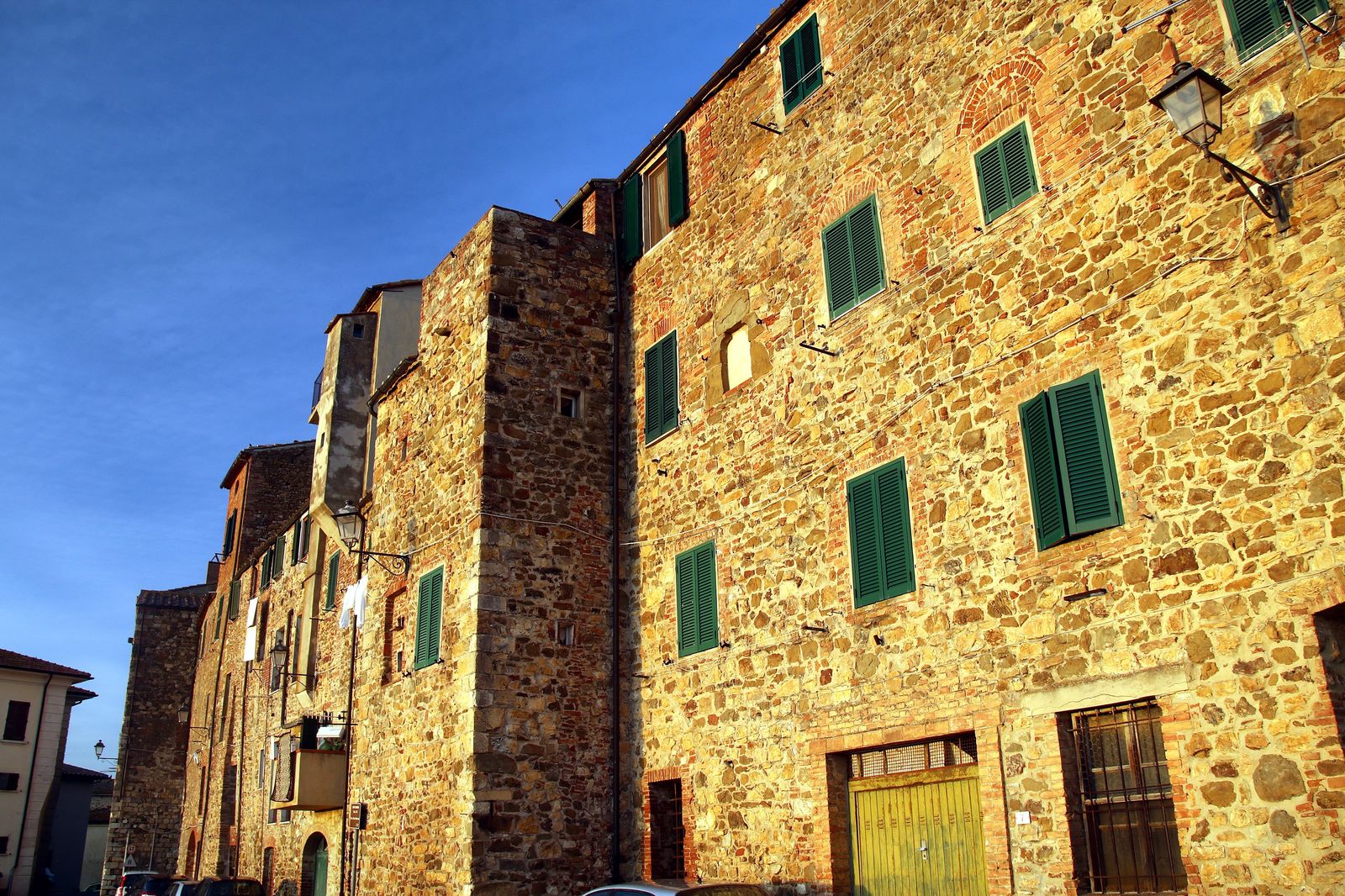Campagnatico is a medieval village par excellence, both in terms of its structure and its position, which is on top of a steep cliff pointing towards the Ombrone valley. The area is marked by an old castle, which once belonged to the Aldobrandeschi family of Sovana and which Dante mentioned in Canto XI of his Purgatorio: this fortress subsequently passed to the Tolomei lords, who acquired a great deal of this rich and fertile land.
After a period of war and hardship, Campagnatico enjoyed something of a renaissance in the eighteenth century thanks to Grand Duke Leopold II, who drained large areas of marshland and generally restored this part of the Tuscan Maremma to better health.

